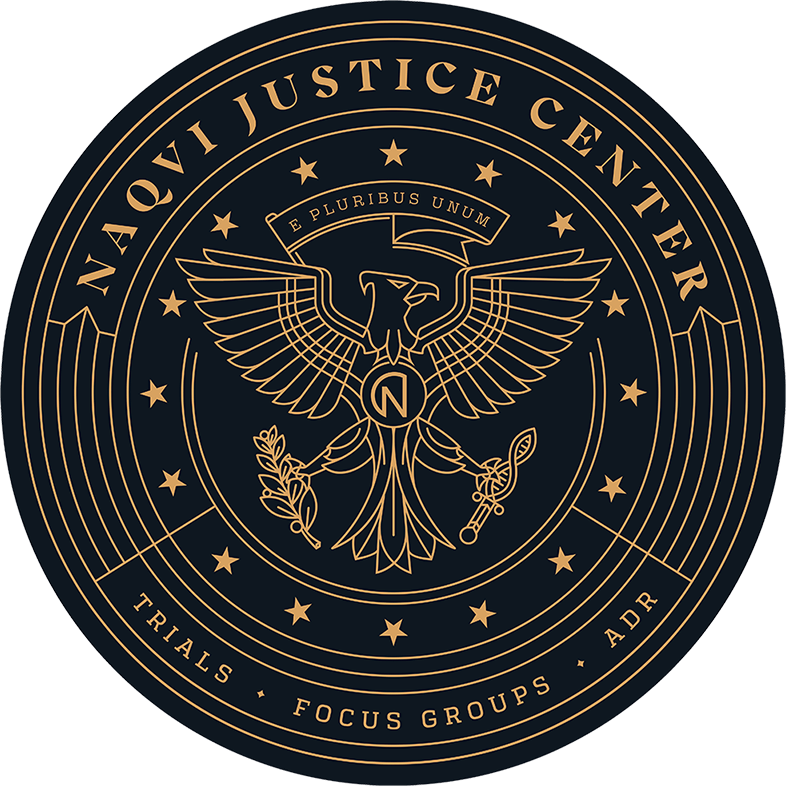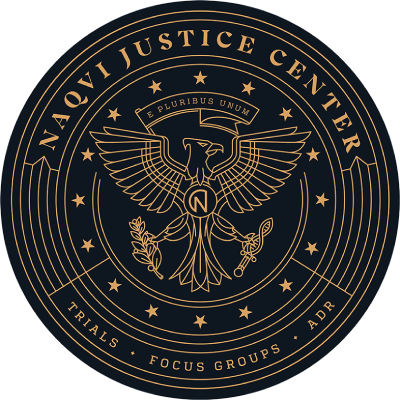Animal attacks account for about a third of homeowners’ insurance claims, roughly $600 million in 2016 alone. Furthermore, the size of the average verdict or settlement has increased 70 percent since 2003, largely due to rising medical costs and the nature of these injuries.
Many dog bite victims are either young children or older adults. These incidents often severely traumatize young children. They have Post Traumatic Stress Disorder-type symptoms for months or even years after the attack, such as heightened awareness (an irrational fear of dogs), flashbacks, and nightmares. On the other end of the age scale, about half of elderly victims cannot live independently following an animal attack. The resulting long-term care is a serious financial and emotional burden.
Liability Issues
Most states have dog bite statutes that either incorporate some variation of the one-bite rule, which is discussed below, or a strict liability rule. Many states, like New York, have limited strict liability laws. In the Empire State, if the animal showed no dangerous propensities prior to the attack, the owner is strictly liable only for medical bills.
Nevada has no dog bite law, so the common law one-bite rule applies. To recover compensation, the victim must demonstrate, by a preponderance of the evidence (more likely than not), that the owner knew the animal was dangerous. Evidence of knowledge includes:
- Prior attacks on another person or animal,
- Baring teeth,
- Growling,
- Snapping, and
- Aggressive barking.
If any of these facts are present, regardless of whether they occurred ten seconds prior to the attack or ten months prior to the attack, victims may file damage claims under the scienter (knowledge) rule. Scienter liability typically only applies to owners, but both owners and non-owners may be responsible for damages pursuant to the negligence per se doctrine. If the owner or custodian violated a leash law or other animal containment law or ordinance, and as a result, the animal injured someone, the owner or custodian may be liable for damages as a matter of law.
A final theory, negligence, relies on a lack of ordinary care. A schoolteacher is negligent if he allows a dog to wander near children who are playing at recess, and a daycare worker is negligent if he allows a stray dog onto the premises. In each of these cases, the employer (the school district and daycare center) is responsible for damages, according to the respondeat superior rule.
Damages Available
In all the aforementioned situations, victims are entitled to economic losses, for medical bills and other items. Since injury-related medical expenses alone often exceed $100,000, this compensation can be substantial. Victims are also entitled to money for things like loss of consortium (companionship), pain and suffering, loss of enjoyment in life, emotional distress, and other noneconomic damages. In most cases, these wards are tax-free.
If the tortfeasor (negligent actor) showed extreme indifference to the safety or property of others, additional punitive damages may also be available. In some cases, a punitive damages cap may apply.
Work With a Tenacious Attorney
Dog owners and custodians are usually responsible for dog bite injuries. For a free consultation with an experienced personal injury lawyer in Las Vegas, contact Naqvi Injury Law. We do not charge upfront legal fees in negligence cases.

